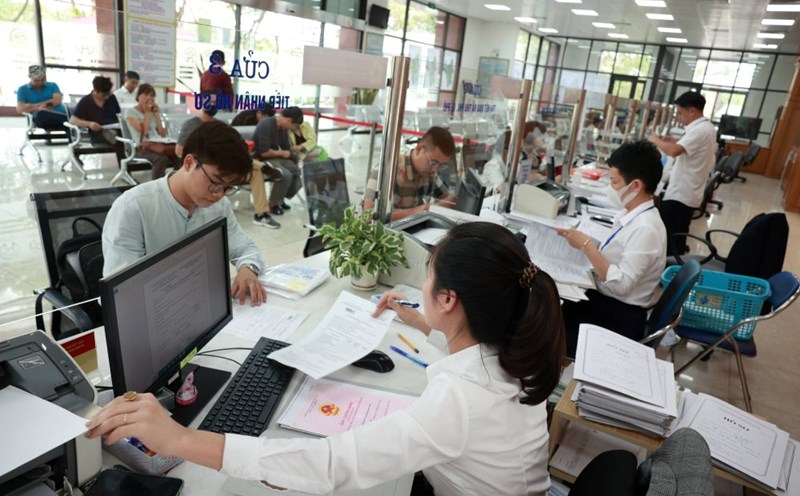In August 2025, the total recruitment demand in Hanoi City is estimated to reach over 50,000 positions. This figure shows that businesses are planning to expand production and business for the second half of the year, reflecting optimism about the growth momentum of key sectors such as trade - services, tourism and investment capital.
In August, the trade - service sector continued to account for a high proportion of recruitment demand, despite adjustments compared to the previous month. Of which, the Other Service Activities group continues to account for the highest proportion with 55.1%.
structure by qualifications, August witnessed changes in the structure of recruitment demand by qualifications. The demand for recruitment of workers with a university degree or higher decreased slightly, accounting for 28.55% (compared to 35.45% in July); the demand for unskilled labor (untrained) decreased slightly, accounting for 23.06% of total recruitment demand (compared to 23.16% in July).
The demand for recruitment of workers with college degrees increased, accounting for 16.01% (compared to 14.59% in July), while workers with intermediate degrees accounted for 12.63%.
These figures show that businesses are expanding recruitment targets, not only focusing on highly qualified workers but also unskilled workers and qualified workers, said Mr. Vu Quang Thanh - Deputy Director of the Hanoi Employment Service Center.
In August, the salary structure of enterprises had a notable change compared to July. The salary of 5 - 10 million VND/month continues to be the most common, accounting for 57.08% of total recruitment demand. This level decreased sharply compared to July (71.02%), showing that the demand for recruitment of senior expert and mid-level expert positions in enterprises is increasing sharply.
The salary of 10 - 20 million VND/month accounts for 37.41%, a sharp increase compared to July (24.55%). Salary levels above VND20 million/month and below VND5 million/month account for a small proportion, respectively 5.07% and 0.45%, showing the concentration of the labor market on average and high income levels.










